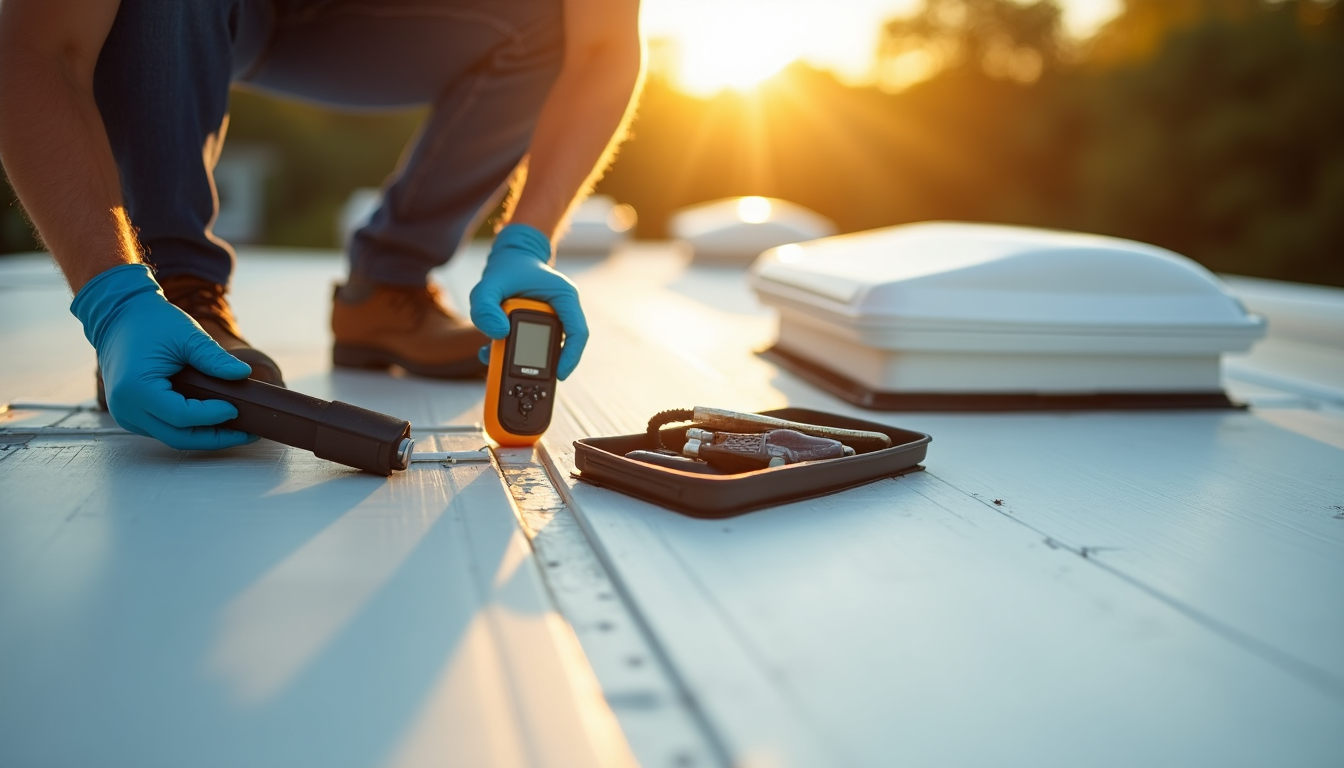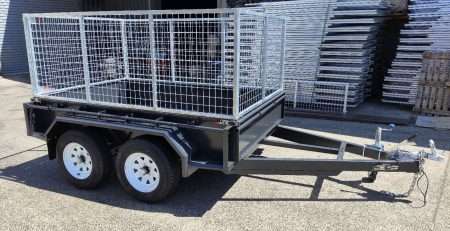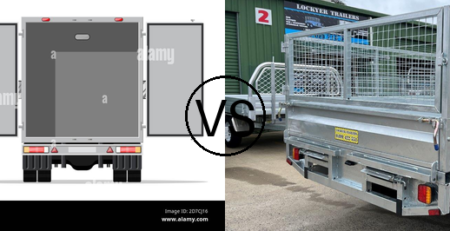
How to Fix RV Roof Leaks: Simple Roof Leak Detection Guide for Beginners
Did you know DIY RV roof repairs can cost under $50? But undetected leaks could lead to substantially higher repair costs down the road.
Water damage stands as the biggest problem we face as RV owners. These problems typically start from damaged seals, cracked seams, or aging roof materials. Regular roof leak detection and repair is a vital part of RV maintenance. Age, deterioration, sealant failure, and poor upkeep cause most of these problems.
A leaky roof might not seem like a big deal right away. The damage can spread quickly if you don’t fix it soon enough. RV owners should check their roof twice a year – once before and once after camping season.
This piece will show you the quickest ways to detect roof leaks. You’ll learn everything from simple DIY methods to advanced electronic detection techniques that will help protect your investment and keep repairs from getting pricey.
Understanding RV Roof Leak Detection Tools
Successful roof leak detection needs both simple manual tools and sophisticated electronic equipment.
Basic Manual Detection Equipment
A moisture meter and visual inspection tools form the core of manual detection. A quality moisture meter helps find water buildup in walls and roofing materials. The simple equipment has inspection mirrors, LED flashlights, and specialized probes to check seams and joints. These tools help examine common problem areas around vents, skylights, and roof edges.
Advanced Electronic Leak Detection Devices
Modern electronic detection systems are highly accurate in finding leaks. The IntegriScan stands out as it complies with ASTM Guide D7877 and remains the only FM Approved electronic leak detection testing equipment. High-resolution thermal imaging cameras with thermal sensitivity can spot subtle temperature differences that show water presence. The PermaScan system has continuous monitoring features that minimize disruption to membrane assemblies.
Cost-Benefit Analysis of Different Tools
Detection tool costs vary based on their sophistication. Simple moisture meters and manual inspection tools usually cost between AUD 30.58 and AUD 76.45. Professional-grade electronic detection systems are more expensive but have great advantages:
- Non-destructive testing capabilities
- Precise leak location identification
- Early detection of potential problems
- Reduced long-term repair costs
Professional electronic leak detection starts from inside out, unlike the traditional outside-in approach. This gives a full picture without expensive analysis. These advanced systems work at safe pressures from 0.3 to 0.6 water column inches and ensure accurate results without damaging the RV structure.
Systematic Leak Detection Process
The quickest way to detect roof leaks needs a well-laid-out plan that combines visual checks, special tools, and good record-keeping.
Visual Inspection Techniques
Regular checks are the foundations of leak detection that works. You should check your RV’s roof at least twice yearly – before and after storage. These are the spots where leaks love to hide:
- Seams and joints around the roof edges
- Vents, antennas, and air conditioning units
- Skylights and plumbing penetrations
- Corner moldings and transition points
The next step is to look at the ceiling and walls inside for water stains, mold, or dripping water. A simple trick involves spraying water on specific roof sections with a hose while someone checks inside for leaks.
Using Moisture Meters and Sensors
You’ll need two types of moisture meters to get accurate readings. Pin-type meters tell you the actual moisture content by measuring electrical resistance between electrodes. Pinless moisture meters work differently – they use radio frequencies to check average moisture content without damaging the surface.
The best results come from using both meter types together. Pin-type meters work great on exposed materials, while pinless meters really shine at finding dampness behind walls or under floor panels. A hygrometer adds another layer of protection by measuring relative humidity and helps spot potential condensation problems.
Documentation and Mapping Methods
A detailed map of your findings helps track problems as time goes by. Write down all inspection dates, what you found, and your measurements. When you do pressure testing, mark the spots where soap bubbles show up – those are your likely leak points. Take plenty of pictures of problem areas and keep track of repairs you make. This information will be gold when you need it later.
Common Leak Prone Areas
RV roofs tend to leak in predictable spots, and these areas need regular inspection and maintenance.
Roof Seams and Joints
Faulty sealants and leaking caulk around seams cause most RV roof leaks. These problems show up where roof sections meet or connect to the RV’s sides. Sun exposure, temperature changes, and normal wear break down the protective sealant. Hail, falling debris, and foot traffic speed up this damage, especially when you have constant exposure to the elements.
Vent and Skylight Surroundings
Your RV’s roof needs openings for vents, skylights, and air conditioning units that require extra care. Leaks often start when mounting gaskets become damaged or water can’t drain properly. The caulk around these fixtures cracks and dries out as time passes, letting water seep through tiny gaps. Water backup under the roofing material happens when leaves, snow, or debris block proper drainage.
Corner and Edge Vulnerabilities
A watertight seal at corners and edges brings unique challenges. The awning strip connection points often cause trouble because screws get loose or water damages the wood underneath. RV roofs curve slightly to push water toward the sides, but this design makes corner joints and edge seams easy targets for water damage. You should check roof rack mounting points often since leaks develop around screws when seals fail.
Professional vs DIY Detection Methods
The choice between professional and DIY roof leak detection methods depends on the damage level and your technical know-how.
When to Call a Professional
You should get professional help for major leaks or extensive water damage because these problems need specialized tools and expertise. Any structural damage from aging or external forces needs a professional inspection to keep your roof safe. Professional detection is a vital part of maintaining larger RVs that have complex electrical parts and venting systems.
DIY Detection Best Practices
RV owners who are good with tools can use these proven methods:
- Check your RV after long trips regularly
- Use simple moisture meters to get the original assessment
- Take photos and keep maintenance logs
- Have an emergency repair kit ready
Your skill level should guide your repair decisions. Taking on tasks beyond your abilities could make the damage worse.
Cost Comparison Analysis
DIY detection needs simple tools, which makes it economical to get started. Professional services need more money upfront but can save you from expensive repairs later through accurate diagnosis. Quick professional help after finding problems can save money by fixing issues before they get worse. Professional detection services offer complete diagnostic processes with innovative technology. This justifies their higher upfront cost for complex problems.
Conclusion
RV roof leak detection is a vital skill every RV owner needs. Simple tools and systematic inspections help catch problems early and save thousands in potential repair costs.
Keeping an eye on seams, joints, and vulnerable areas definitely makes the difference between minor fixes and major structural damage. DIY methods or professional services work well, but you need to address leaks quickly to protect your RV investment.
Your success in preventing leaks depends on consistent maintenance and fast response to problems. The right inspection techniques, proper tools, and timely repairs will keep your RV dry and damage-free for years.
Note that prevention costs through regular checks will stay nowhere near the expense of extensive water damage. You should start with simple detection methods and document your findings. Don’t hesitate to call professionals when situations go beyond your expertise.
FAQs
Q1. How can I effectively prevent leaks in my RV roof? Regular maintenance is key. Keep your roof clean, inspect it twice a year, and promptly repair any damaged seals around vents and openings. Use appropriate sealants for your roof type and consider applying a protective coating for added durability.
Q2. What are the best materials for sealing an RV roof? Silicone sealant is highly recommended due to its flexibility, water resistance, and ability to withstand UV rays and extreme temperatures. However, the best sealant depends on your specific roof material. Always use products compatible with your RV’s roof type.
Q3. How do I locate a leak in my RV roof? Start with a visual inspection of common problem areas like seams, vents, and skylights. Use a moisture meter to detect hidden dampness. For a more thorough check, have someone spray water on the roof while you look for leaks inside. Document your findings for future reference.
Q4. When should I call a professional for RV roof leak detection? Seek professional help for major leaks, extensive water damage, or if you suspect structural issues. Complex electrical systems or venting in larger RVs may also require expert inspection. If a problem seems beyond your skill level, it’s best to consult a professional to avoid potentially costly mistakes.
Q5. What tools do I need for DIY RV roof leak detection? Essential tools include a quality moisture meter, LED flashlight, inspection mirror, and specialized probes for checking seams. A basic hygrometer can help measure humidity levels. For more advanced detection, consider investing in a thermal imaging camera, though these can be more expensive.
Author
I am Rahatul Ashiq Tamal. Another author of Muscle Trailers. Muscle Trailers is a well-known trailer brand in Sydney, Melbourne & Adelaide

How to Mount a Spare Tire on Your Trailer: A Simple Step-by-Step Guide
Trailer service centers receive over 1 million phone calls and 1.3 million emails each year about trailer maintenance problems....

Starting a Food Truck Business in Australia: From Trailer Selection to Launch
The Australian mobile food market has evolved into a billion-dollar industry. This makes a food truck...

Box Trailers vs Flatbed Trailers: Which Gives More Value in 2025?
The choice between box and flatbed trailers can greatly affect your investment's long-term value. Box trailers deliver impressive capabilities. Top...
